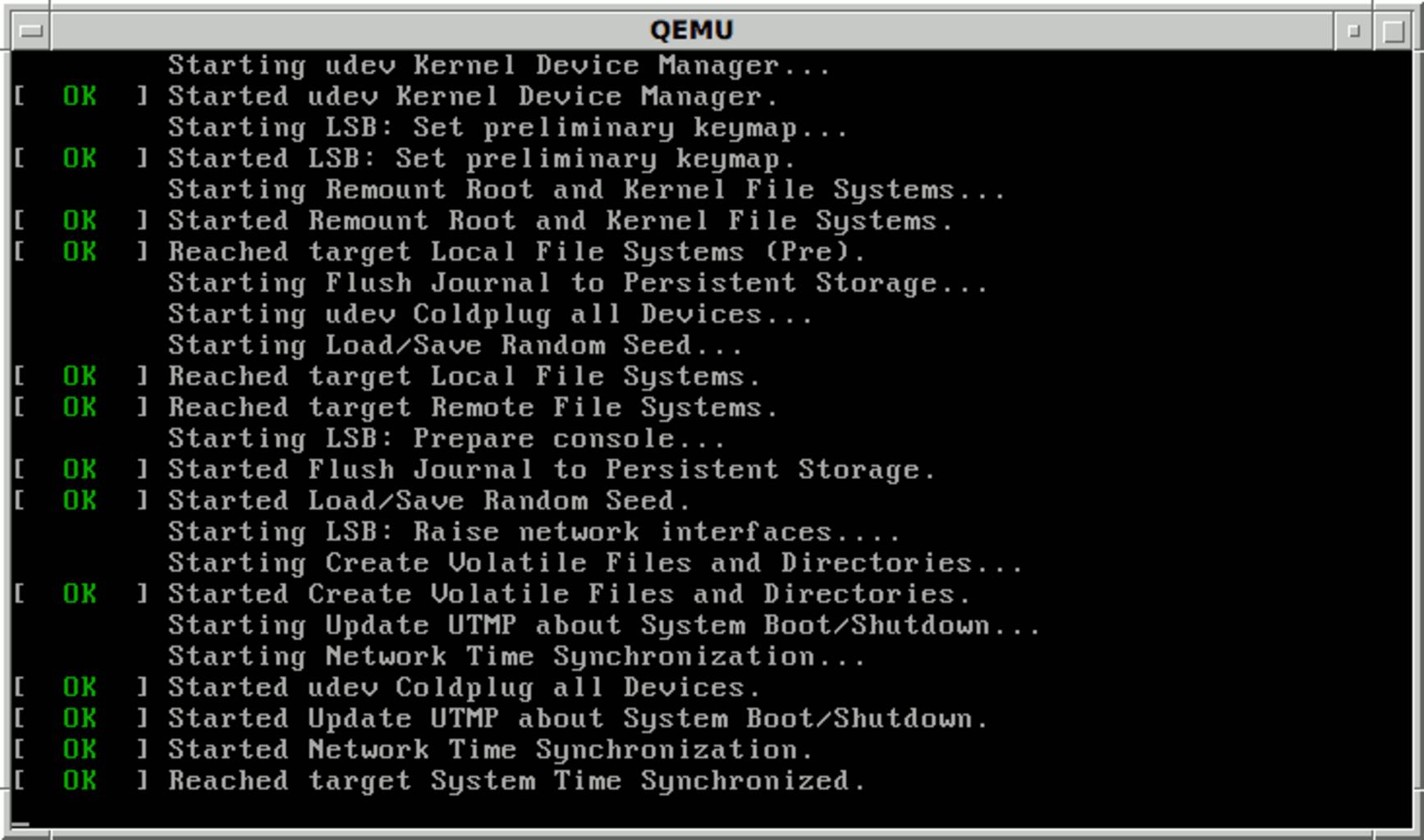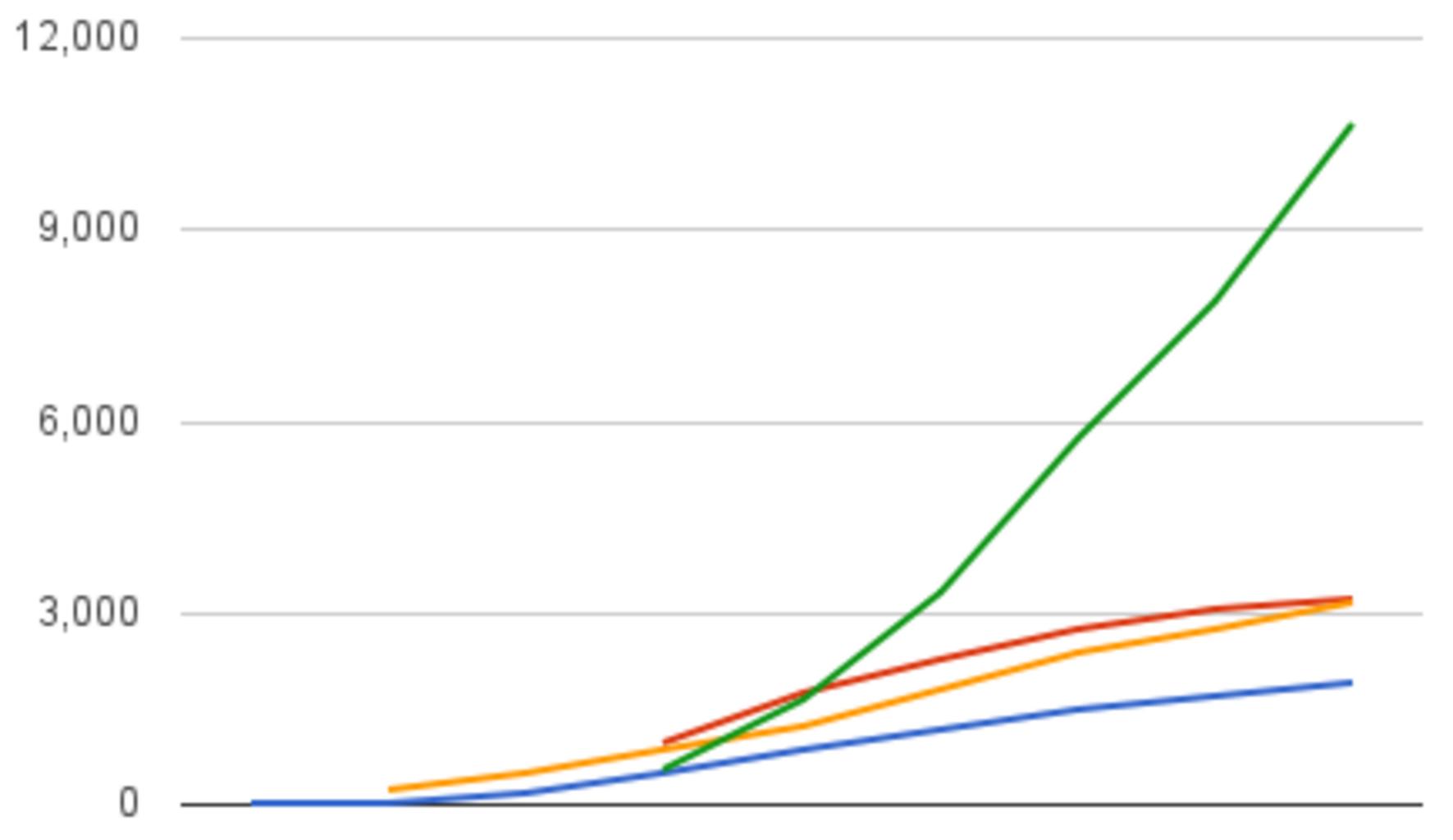Mastering the tapply() Function in R, The tapply() function in R is a powerful tool for applying a function to a vector, grouped by another vector.
In this article, we’ll delve into the basics of tapply() and explore its applications through practical examples.
Data Science Applications in Banking » Data Science Tutorials
Syntax:Mastering the tapply() Function in R
The basic syntax of the tapply() function is:
tapply(X, INDEX, FUN, ...)
Where:
X: A vector to apply a function toINDEX: A vector to group byFUN: The function to apply...: Additional arguments to pass to the function
Example 1: Applying a Function to One Variable, Grouped by One Variable
Let’s start with an example that demonstrates how to use tapply() to calculate the mean value of points, grouped by team.
Step-by-Step Data Science Coding Course
# Create data frame
df <- data.frame(team = c('A', 'A', 'A', 'A', 'B', 'B', 'B', 'B'),
position = c('G', 'G', 'F', 'F', 'G', 'G', 'F', 'F'),
points = c(104, 159, 12, 58, 15, 85, 12, 89),
assists = c(42, 35, 34, 5, 59, 14, 85, 12))
# Calculate mean of points, grouped by team
tapply(df$points, df$team, mean)
The output will be a vector containing the mean value of points for each team.
A B 83.25 50.25
Example 2: Applying a Function to One Variable, Grouped by Multiple Variables
In this example, we’ll use tapply() to calculate the mean value of points, grouped by team and position.
# Calculate mean of points, grouped by team and position tapply(df$points, list(df$team, df$position), mean)
The output will be a matrix containing the mean value of points for each combination of team and position.
F G A 35.0 131.5 B 50.5 50.0
Additional Tips and Variations
- You can use additional arguments after the function to modify the calculation. For example, you can use
na.rm=TRUEto ignore NA values. - You can group by multiple variables by passing a list of vectors as the second argument.
- You can use
tapply()with other functions besidesmean, such assum,median, orsd. - You can use
tapply()with different types of vectors and data structures, such as matrices or lists.
Conclusion
In conclusion, the tapply() function is a powerful tool in R that allows you to apply a function to a vector, grouped by another vector.
By mastering this function, you can simplify complex calculations and gain insights into your data. With its flexibility and versatility, tapply() is an essential tool for any R programmer.
- Difference between sort and order in R
- Kerala lottery rules and regulations – Everything you need to know
- Exploratory Data Analysis (EDA)
- How to extract a time series subset in R?
- How to Remove Outliers in R
- Descriptive Statistics in R
- Linear Discriminant Analysis in R
- Linear optimization using R
- How to add Circles in Plots in R with Examples












